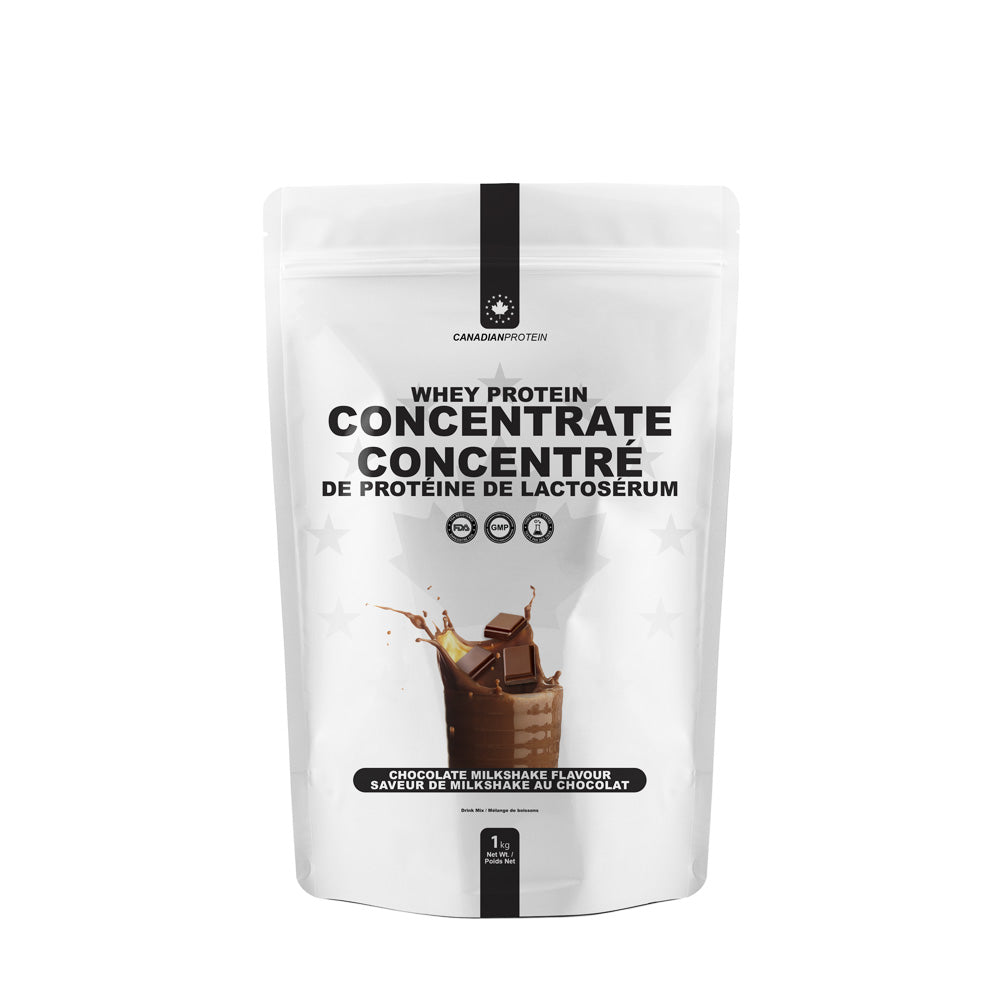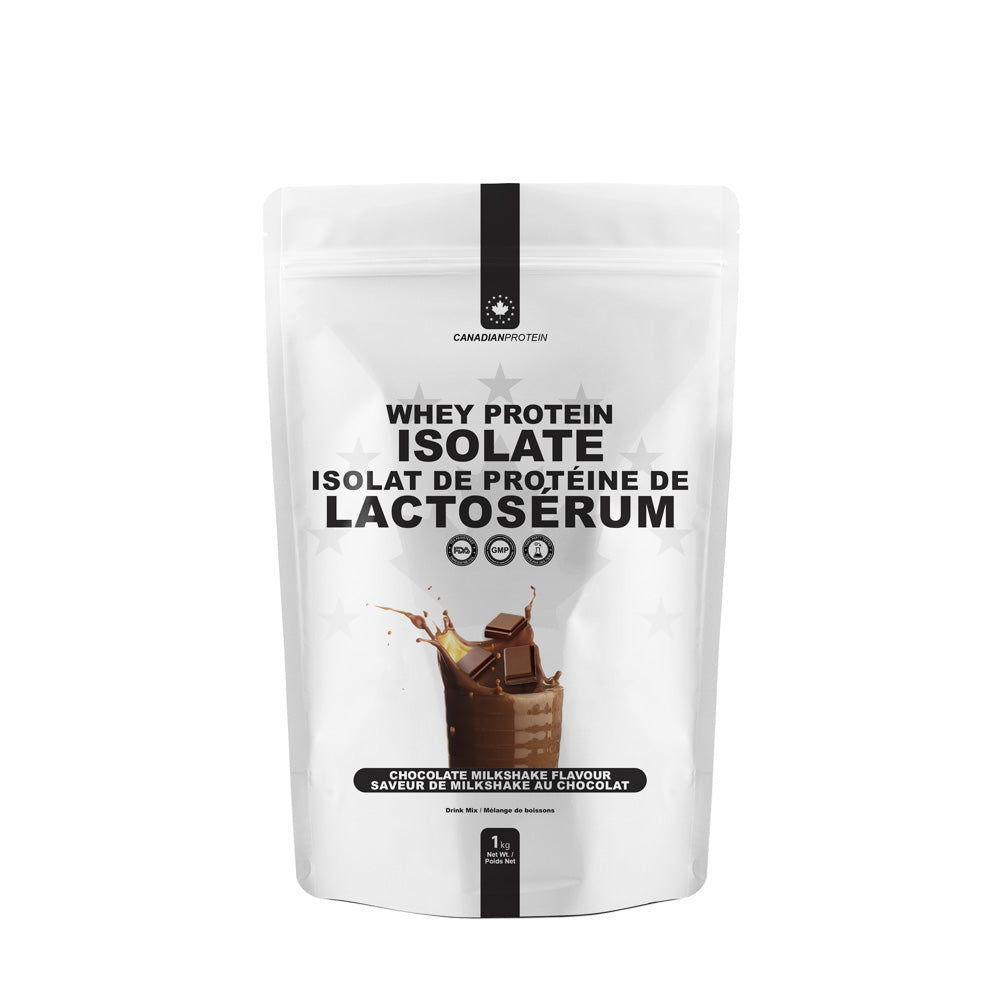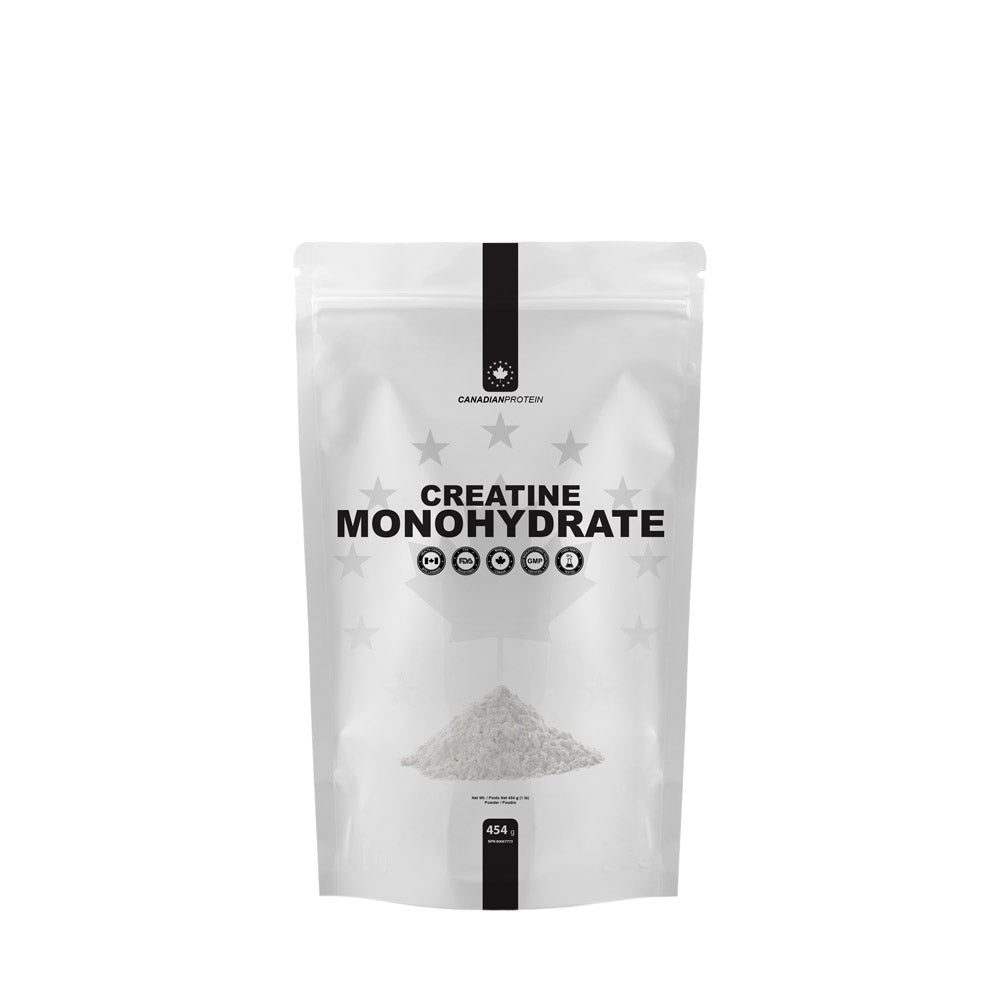Our joints are parts of our bodies that are incredibly important, yet for some reason they are also commonly overlooked. If you think of your joints as parts of your body where bones in your body join up and meet with one another, that’s pretty much what they are. Your joints are very unique in that they come in a variety of different sizes and shapes, but they are extremely important. Our joints roll, they glide, they slide, they rotate, and they bend, just like hinges do. Without these movements and actions, you yourself, would be unable to move, even in the slightest. Unfortunately, as our joints are used so much, they are very susceptible to every day wear and tear, and some sadly deteriorate quicker than others. In the US alone, 1 in 5 adults suffers from arthritis, and when you consider the fact that there are also numerous other joint issues to be aware of, the importance of looking after our joints suddenly becomes clearer than ever. If your joints are in poor shape you will be in constant pain, your range of motion will be hugely limited, and your quality of everyday life will suffer as a result. The good news is that there are certain things you can do to care for your joints in order to keep them healthy, and to prevent their degeneration as you grow older. Here’s a look at a few effective ways to care for your joints.
Drop down to a healthy weight

As if you needed yet another reason to lose body fat in order to get in shape, this is it. Yes, experts have proven that individuals that are overweight, are far more susceptible to joint pain and joint problems. When you stop and think why, it actually makes perfect sense. Say for example, you are 20 pounds overweight, those 20 pounds will be weighing you down and will be putting pressure on your load-bearing joints every minute of every day. In these instances, it is commonly the knees that bear the brunt of the abuse, and as a result, people that are overweight will often suffer from painful knees, which only hurt even more as they grow older. If you are overweight, losing any weight whatsoever, will make a real difference as it means your load-bearing joints are not having to carry quite as much weight.
Wear the appropriate footwear during exercise
When we exercise, though hugely beneficial, it can also be potentially detrimental. For people that exercise on a regular basis, we cannot stress enough, the importance of wearing the appropriate footwear whilst you train. If you wear the wrong type of shoes, your joints will again be put under too much pressure and you will experience pain and discomfort in parts of your body such as the hips, ankles, and knees. Your spine and back could even potentially be affected by poor footwear. The shoes you wear during training should provide stability, shock absorption, and of course, comfort whilst you exercise. When buying shoes for working out in, don’t just buy them based on how they look, try them on and see how they feel. Just remember that, like anything, as shoes grow older they will deteriorate and so too will their shock absorbing abilities.
Take a joint supplement daily

Looking after your joints is critical, and sometimes, we need a little extra outside help to ensure we’re adequately looked after. This is where a healthy and effective joint supplement proves so useful. Commonly you will find people using supplements such as glucosamine, or turmeric root extract for joint care, but ideally you want a supplement that combines all of these elements into one. Try to find a supplement containing ingredients like glucosamine and turmeric root extract, along with other proven ingredients like hyaluronic acid, MSM, and chondroitin, to name but a few. Remember, supplements can only do so much, but if you combine them with a healthy diet and lifestyle, the benefits will soon become apparent for all to see.
Avoid doing things which are causing you pain
Whether you’re exercising and trying to work through the pain, or simply performing simple stretches before going for a walk, if you experience any pain or discomfort, stop what you’re doing. Forget what people say about ‘no pain, no gain’ and other similar so-called ‘motivational quotes’ because if you are experiencing pain and/or discomfort, there will be a very real reason for this. Pain is the body’s way of telling you that something is wrong, so listen to your body and don’t ignore it. If for example, you are performing stretches which are causing your knees to flare up and experience a great deal of pain and discomfort, don’t try working through the pain, stop immediately and focus on somewhere else in your body instead.
Strengthen the area around your joints

Like other parts of your body, if you are able to build muscle around them, this in turn will help protect your joints from pain, damage, and discomfort. If we take the knees as an example, these joints are supported by muscles in your legs, so strengthening the leg muscles on, and around, the knees, will help to provide a great deal of protection from damage. With weaker muscles, impact forces can increase and can damage the knee joints, causing a lot of discomfort. You don’t need to build muscle and bulk up like an IFBB pro bodybuilder, but if you can increase your lean muscle mass, particularly on areas in the body where your joints are susceptible to injury, you will most certainly reap the rewards later on in life.
Exercise your joints
Your joints are designed to move in a predefined way, where they will go from a bent position, to a straight position. To help ensure that their overall range of motion is not diminished, make sure you regularly move and exercise your joints. For example, with the knees, rather than bending your knees ever so slightly, practice extending your knees fully. This will help alleviate and prevent joint stiffness and soreness, plus cells in the joints will also become somewhat stimulated. This in turn will help create healthy articular cartilage, which has been found to help greatly reduce arthritis.













